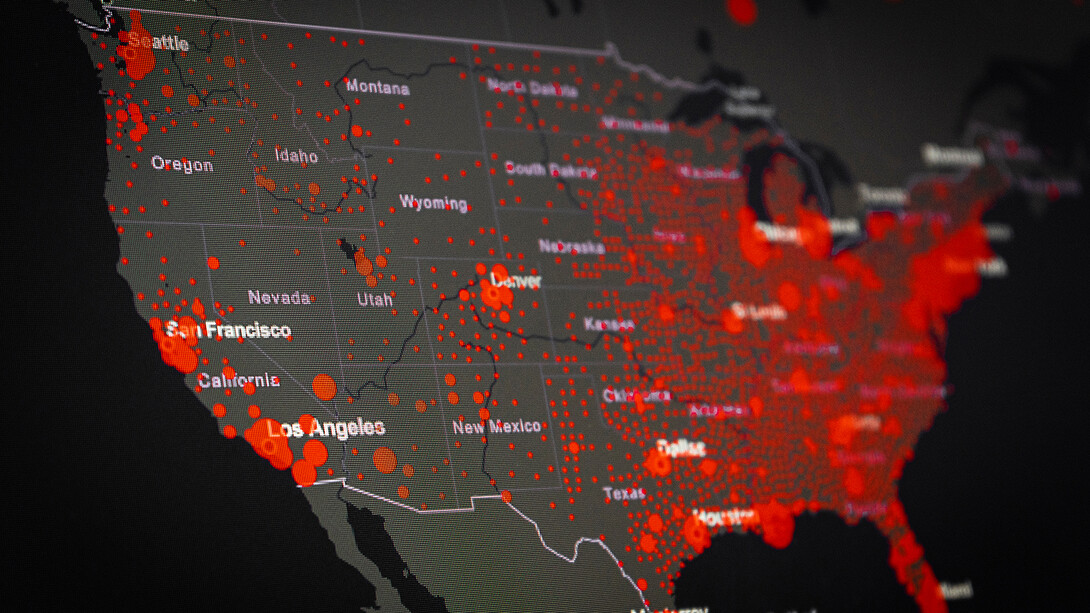
A new resource by Glenn Ledder, professor of mathematics, allows students and the general public to conduct their own experiments to learn about the population dynamics of COVID-19.
Ledder has developed a mathematical module to help people study these dynamics and make their own conclusions based on real-world scenarios. The model embeds a simple model designed specifically for the COVID-19 pandemic into an environment where students can easily design experiments and observe possible outcomes. The model can be a source for teachers who are struggling to find relevant course material during this time that helps their students learn about this defining moment in history.
“With humanity facing a worldwide crisis like nothing any of us have experienced, we really need to learn as much as we possibly can about every aspect of the COVID-19 danger,” Ledder said.
Using a workbook that functions like a “sandbox,” students can define experiments with up to three scenarios and receive results about three different population percentages: people who died, people who remain susceptible and people who need to be hospitalized.
The material, which is available for download, is suitable for K-12 students, members of the general public and college students in lower level mathematics courses. Ledder has recorded two demonstration videos on the site. Teachers can email gledder@unl.edu for the answer key.
Ledder also can assist any K-12 teacher individually via Zoom who wants to try this material in class as part of a pilot study.







